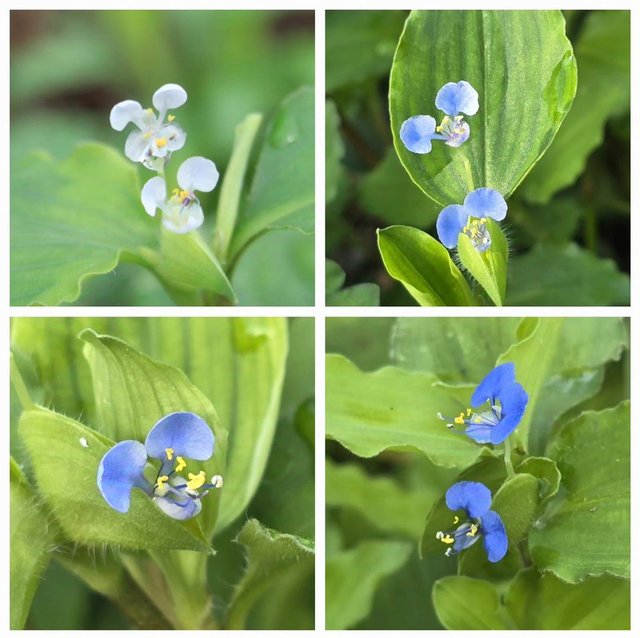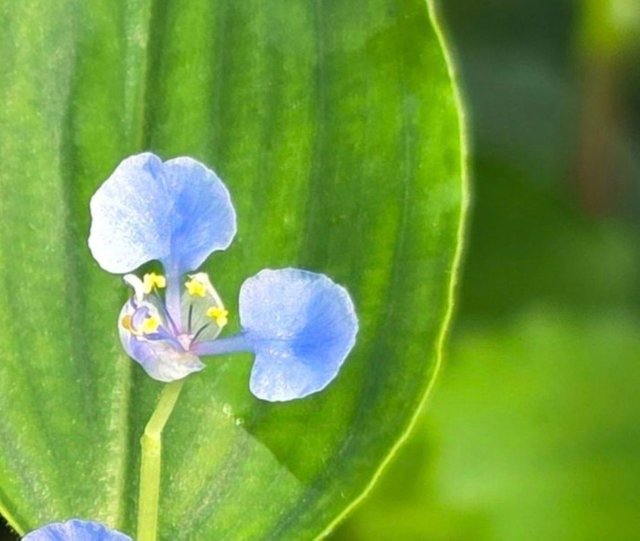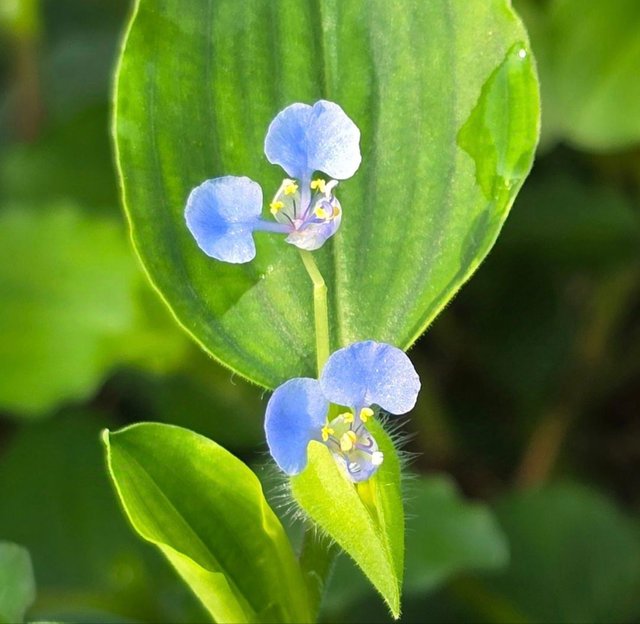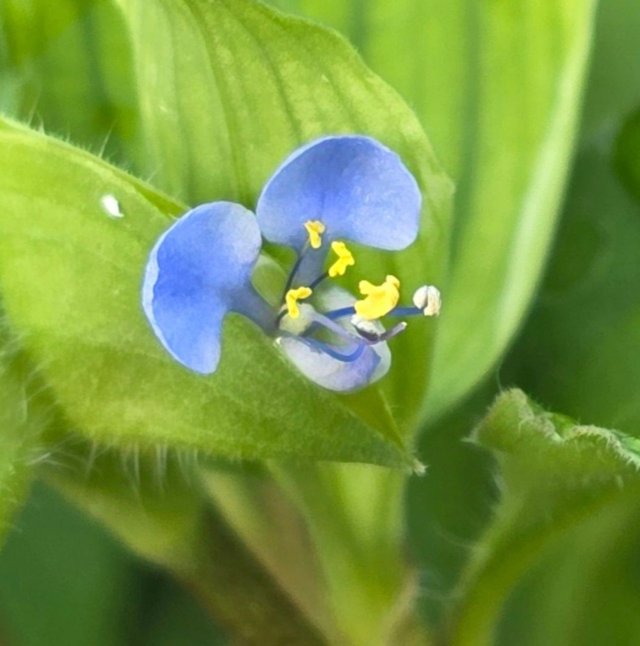Asiatic Dayflower




The Asiatic dayflower often overlooked despite its striking blue blooms, has a rich history, varied uses, and interesting ecological role. This small, delicate flower, native to East Asia, has made its way across continents, adapting to various climates and gaining a reputation as both a medicinal plant and, in some regions, a persistent weed.The plant is named for its ephemeral flowers, which typically bloom for just one day, closing and wilting by evening. Despite their short life, these flowers bloom prolifically, ensuring a continuous display of bright colors throughout the growing season.
The flowers are one of the most distinctive features of this plant. They have three petals, two of which are larger and a striking cobalt blue, while the third is much smaller and usually white or pale in color. The asymmetry of the petals gives the flower a unique, almost whimsical appearance.The leaves are lance-shaped, smooth-edged, and alternate along the stems. They often grow to about 3–12 cm long. The stems are weak and may lie flat on the ground or climb other plants. The plant’s branching stems can form dense mats in moist areas, contributing to its invasive nature.
Asiatic dayflower thrives in moist, shaded environments but can grow in a wide variety of habitats, from gardens to roadsides to disturbed soils. It prefers temperate climates but has adapted to various environments outside its native range, including North America and Europe.
Originally native to China, Korea, and Japan, the Asiatic dayflower has spread to many parts of the world. In the 19th century, it was introduced to North America and parts of Europe, where it rapidly established itself, often outcompeting native vegetation in favorable conditions. Its ability to grow in disturbed soils, coupled with its rapid reproduction through seeds and vegetative propagation, has led to its classification as an invasive species in some areas.In parts of the United States, particularly the northeastern and midwestern regions, the plant has become a concern for conservationists as it displaces native flora. Because it can form thick mats, it can prevent other plants from establishing, particularly in areas disturbed by human activity.
